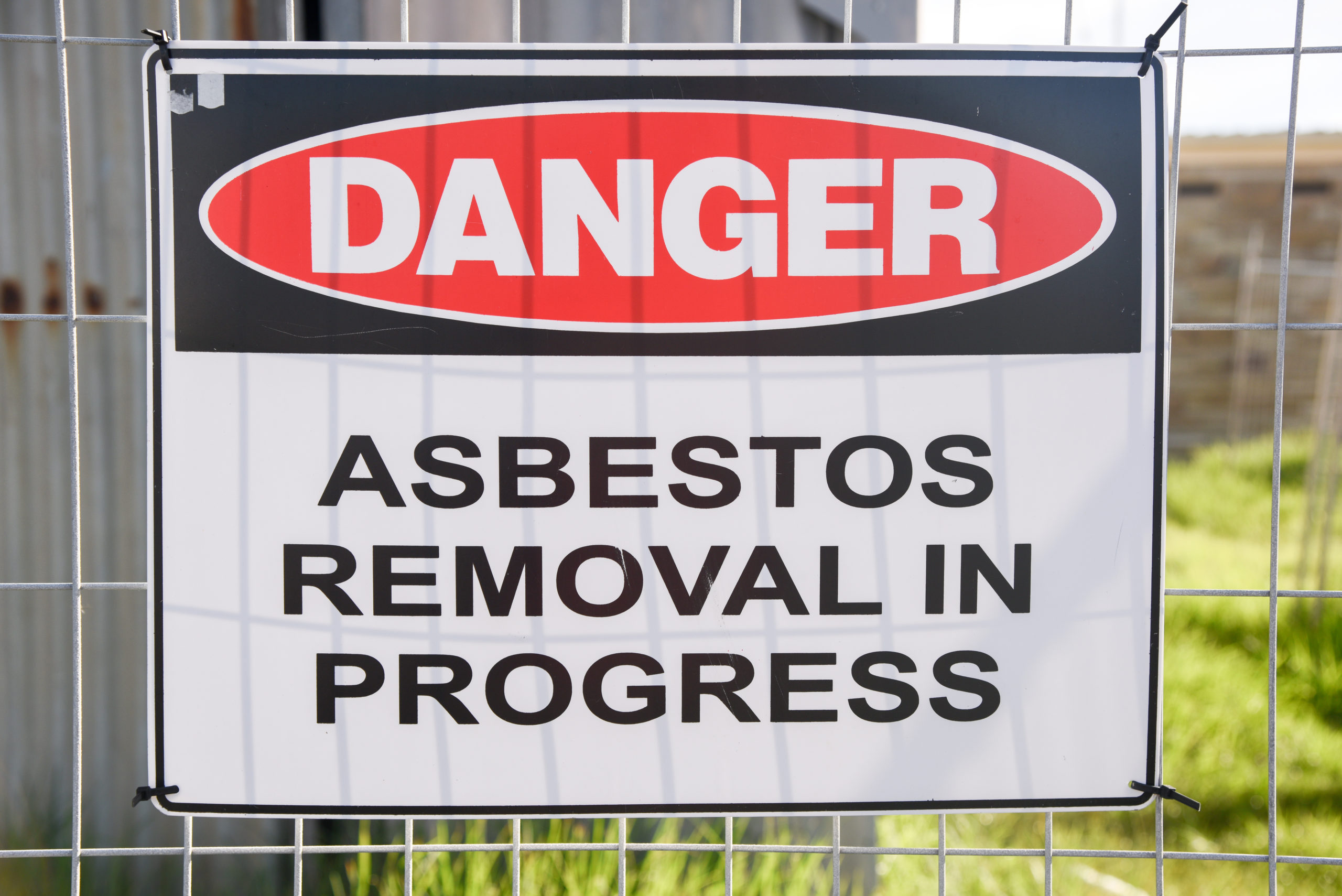
Congratulations, you’ve already tackled the worst of it: You received the news of asbestos on your property.
Since then, you’ve likely proceeded with caution, done your research, and hired a reputable professional to complete the asbestos abatement process for you in a manner that is both safe and efficient.
But… what comes next? How do you know for sure that you’re done and ready to reenter the premises?
Easy: You schedule a post-abatement clearance test.
When It’s Time to Clear the Air
“Post-abatement clearance testing” may sound complicated just by the name, but we assure you that it is actually relatively easy to understand!
Simply put, the Asbestos Hazard Emergency Response Act (AHERA) requires that a site undergo clearance testing following the completion of an asbestos abatement project. This way, workers can determine whether or not it was successful before residents are allowed to reoccupy the space.
Otherwise, “clearance” can be simply defined as the process wherein a certified professional measures the amount of airborne asbestos left in the space where the project took place.
Consequently, if the post-abatement clearance testing shows that the amount of airborne asbestos still exceeds legal limitations, the abatement must be repeated.
Thus, workers and/or residents of the property would be less likely to experience hazardous asbestos exposure in the future — the likes of which can leave them with lingering and potentially life-threatening illnesses.
Tackling Testing and Air Analysis
The most important parts of the clearance process? Sampling and analysis.
But first, the professional in question will perform a final visual inspection of the site where the abatement took place. During this time, they will check for dust and other remaining asbestos-containing materials (ACM) throughout the space and on hard surfaces that are especially considered irregular or difficult to reach.
Then, once the area has passed the visual inspection, an airborne sampling process follows wherein air samples are collected through a powerful vacuum. Additionally, federal guidelines state that a total of five samples must be collected indoors, as well as five samples collected from outside.
(“Outside,” however, does not necessarily mean “outdoors.” Rather, it means any area immediately outside of the abatement area, the likes of which may still be inside the same building).
Finally, the samples in question are analyzed and measured using transmission electron microscopy (TEM), a process that can distinguish the small asbestos particles from other types of particulate matter that may be present in the air sample.
According to the Environmental Protection Agency (EPA), TEM is “the most accurate and preferred method of analysis of air samples.”
Numerous Concerns, One Reliable Solution
Did you know that it is illegal for both the abatement and the clearance testing to be performed by the same team or company? This is because you want to ensure you are being provided with the most reliable and unbiased results possible.
And that’s why you’ll want to reach out to Luce Air Quality!
Not only are we you local indoor environmental experts for mold and asbestos inspections but, as of May, we can now provide you with certified post-abatement clearance testing! We are proud to announce that Dave Luce of Luce Air Quality will soon complete his National Institute for Occupational Safety and Health (NIOSH) 582 certification, thereby allowing him to perform post-abatement clearance testing for residential and commercial customers alike.
So, why wait to take control of your environment when Luce Air Quality can help you do so with trusted solutions and reliable results?
Reach out to our team today by calling 904-803-1014 to learn more about how we can help you optimize your indoor health in the wake of asbestos!


